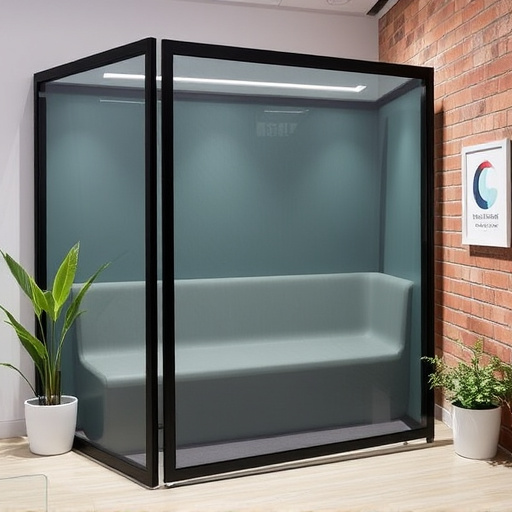Air intake warranty coverage is a key factor in vehicle maintenance and performance, protecting against manufacturing defects. When comparing warranties, consumers should focus on duration, guaranteed parts, and specific exclusions like normal wear, accidents, contamination, and high-performance modifications. Understanding these terms empowers informed decisions, ensuring the best protection for your vehicle's air intake system.
Exploring the intricacies of an air intake warranty is crucial for vehicle owners. This article delves into the fundamental aspects of air intake warranty coverage, offering a comprehensive guide for informed decision-making. We dissect and compare different warranty scopes and limitations, highlighting key differences. Furthermore, we uncover common exclusions within air intake warranties, enabling consumers to navigate potential pitfalls. By understanding these nuances, you can make an informed choice when selecting a warranty that aligns with your vehicle’s needs, ensuring peace of mind on the road. Engage in this insightful exploration for a clearer picture of air intake warranty coverage comparison.
- Understanding Air Intake Warranty Coverage
- Comparing Different Warranty Scope and Limitations
- Uncovering Common Exclusions in Air Intake Warranties
Understanding Air Intake Warranty Coverage

Air intake systems are a crucial component of any vehicle’s engine, as they provide the essential oxygen-rich air needed for optimal combustion. Understanding the air intake warranty coverage is, therefore, a vital step in maintaining your vehicle effectively. When comparing different vehicle models or brands, consumers often seek out detailed information on these warranties to ensure peace of mind.
The air intake warranty typically covers the replacement or repair of the air intake components if they fail due to manufacturing defects within a specified period. This can include parts like air filters, air intake housings, and hoses. However, it’s important to note that not all issues are covered; for instance, normal wear and tear, damage caused by accidents or improper installation, and failure due to external factors like contaminants or severe weather conditions may not be eligible for warranty claims. A thorough understanding of the terms and exclusions is key to making an informed decision when choosing a vehicle with specific air intake warranty coverage.
Comparing Different Warranty Scope and Limitations

When comparing different warranty scopes and limitations, particularly focusing on air intake components, it’s crucial to understand what’s covered and what isn’t. Each manufacturer may have unique terms and conditions, so a thorough read is essential. Look for specifics regarding coverage duration, parts included (such as filters, pipes, or sensors), and exclusions like pre-existing damage or improper installation.
Air intake warranty coverage comparison reveals significant variations. Some warranties might only cover defects in materials or craftsmanship, while others extend to performance issues. Limited coverage may focus on replacing failed parts, whereas comprehensive plans could include labor costs and even incidental damages from component failures. Understanding these differences is key to making an informed decision when choosing a warranty for your vehicle’s air intake system.
Uncovering Common Exclusions in Air Intake Warranties

When comparing air intake warranties, a crucial aspect to scrutinize is the list of common exclusions. These are specific conditions or scenarios that are not covered under the warranty, and understanding them is essential for buyers to make informed decisions. Many manufacturers exclude certain high-risk components from standard coverage due to their exposure to potential damage caused by various factors, such as improper installation, extreme driving conditions, or misuse.
Common exclusions in air intake warranties may include situations like failure due to contamination, which can result from using unapproved or contaminated fluids. Moreover, environmental factors like water ingress, extreme temperatures, or exposure to corrosive substances might void the warranty. It’s also important to note that certain high-performance modifications or alterations made to the air intake system may not be covered, as they deviate from the manufacturer’s original design and specifications.
When comparing different air intake warranties, it’s crucial to understand the nuances of each plan’s coverage limitations. By uncovering common exclusions and carefully evaluating the scope of protection, vehicle owners can make informed decisions. A comprehensive air intake warranty should offer robust protection against manufacturing defects while being transparent about what is excluded. Through this comparison, we aim to empower folks to navigate the market, ensuring they receive suitable coverage for their vehicles, thus enhancing peace of mind on the road.














